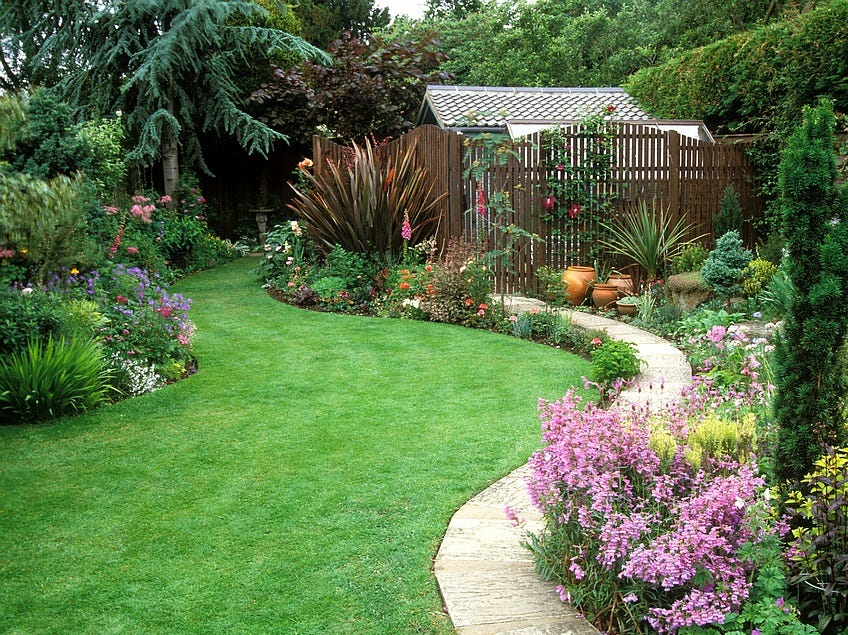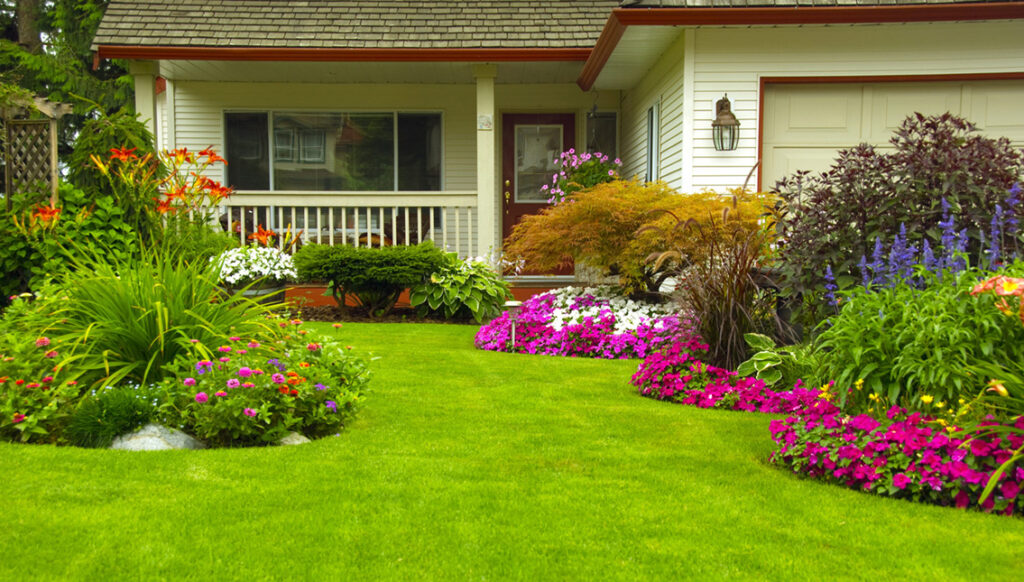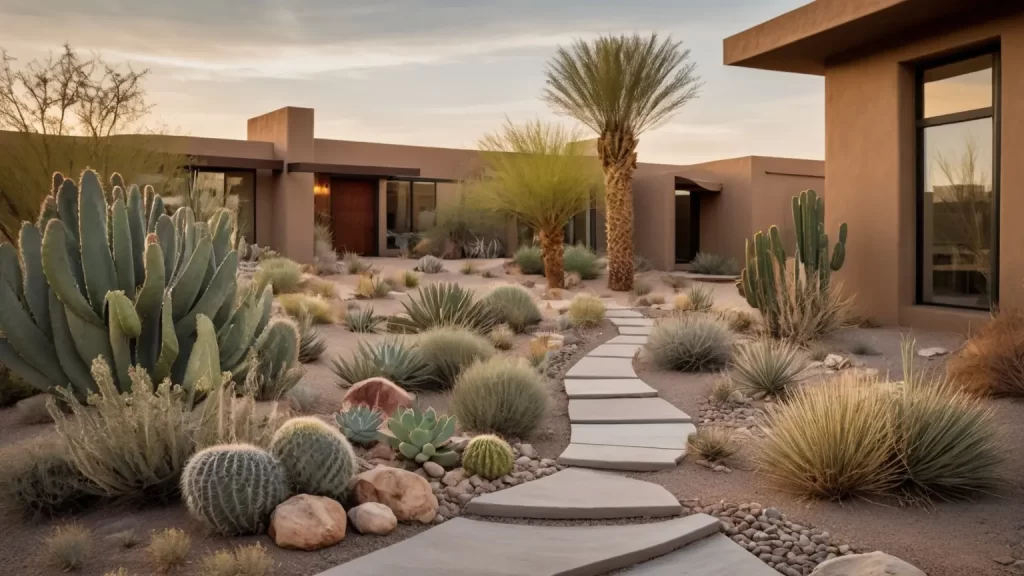Austin, Texas, is known for its diverse landscapes and unique weather patterns, making it the perfect place for a variety of native plants. By choosing native plants for your garden or landscape design, you are not only helping conserve local biodiversity, but you’re also creating an eco-friendly, low-maintenance, and drought-tolerant outdoor space. Whether you are a beginner gardener or a seasoned professional, understanding which plants thrive in the Austin climate will help you design a beautiful, sustainable landscape.
In this guide, we’ll explore the best native plants for Austin landscapes and share tips on how to incorporate them into your design.


Why Choose Native Plants for Your Austin Landscape?
Native plants are species that naturally grow in a specific region without human intervention. They have adapted to local soil types, weather conditions, and pests, making them much easier to care for than non-native species. By incorporating native plants into your Austin landscape, you benefit from:
Water Conservation: Native plants require less water and are well-suited to Austin’s dry conditions, especially during the hot summer months.
Wildlife Support: Native plants provide food and shelter for local wildlife such as birds, butterflies, and bees.
Low Maintenance: Native plants are naturally resistant to pests and diseases, which reduces the need for chemicals and fertilizers.
Now, let’s dive into the best native plants that thrive in Austin’s unique climate and how to use them effectively in your landscaping.
The Texas Bluebonnet is perhaps the most iconic native plant of Austin. This beautiful wildflower blooms in early spring, creating a sea of blue flowers across the landscape. Not only does it add vibrant color, but it also symbolizes the Texas spirit.
Design Tip: Use Texas Bluebonnets in clusters or along borders to create a striking focal point. They pair well with other wildflowers like Indian Paintbrush or Black-eyed Susan.
Blackfoot daisies are hardy perennials that thrive in the heat and drought of Central Texas. These low-growing plants feature white petals with yellow centers, offering a bright and cheerful contrast to darker foliage.
Design Tip: Plant Blackfoot Daisies in rock gardens or along pathways for a natural, textured look. Their compact growth makes them ideal for edging or as ground cover.
With its unique, tubular red flowers, Turk’s Cap is a standout in Austin gardens. This plant is beloved by hummingbirds, adding an extra dimension of life to your outdoor space. It can handle both sun and partial shade, making it versatile for various garden styles.
Design Tip: Use Turk’s Cap as a backdrop in a shaded garden area, or mix it with other flowering shrubs to add layers of color and texture.
Red Yucca is a striking desert plant that adds an architectural element to your landscape with its tall flower stalks and long, spiky leaves. It thrives in Austin’s hot, dry climate and attracts hummingbirds with its tubular red flowers.
Design Tip: Plant Red Yucca in a modern or desert-inspired landscape. It works well as a focal point or in mass plantings, especially when combined with other drought-tolerant plants.
This native perennial thrives in well-drained soils and hot, sunny conditions. Gulf Coast Penstemon features vibrant purple flowers that bloom in late spring, attracting pollinators like bees and butterflies.
Design Tip: Gulf Coast Penstemon is perfect for adding color to rocky or gravel-filled areas. Pair it with other native wildflowers for a low-maintenance meadow garden.
Mexican Feather Grass is a soft, flowing grass that adds movement and texture to your Austin landscape. Its fine, silvery-green blades sway gently in the breeze, making it a great addition to any garden style.
Design Tip: Use Mexican Feather Grass in mass plantings for a natural, prairie-inspired landscape. It pairs beautifully with other drought-tolerant plants like Red Yucca or Blackfoot Daisy.
How to Incorporate Native Plants into Your Landscape Design
1. Create a Pollinator-Friendly Garden
By including native plants such as Blackfoot Daisy, Turk’s Cap, and Gulf Coast Penstemon, you can create a pollinator-friendly garden that supports bees, butterflies, and hummingbirds. Consider grouping these plants together in sunny spots, making sure they provide a steady source of nectar throughout the year.
2. Design for Water Conservation
Austin is no stranger to drought conditions, so selecting drought-tolerant plants is crucial. Focus on incorporating plants like Red Yucca and Mexican Feather Grass, which require minimal water once established. Combine them with hardy shrubs and grasses that thrive in the Texas heat.
3. Mix Textures and Colors
Native plants offer a range of textures and colors that can complement one another. Use the vibrant blooms of the Texas Bluebonnet and Gulf Coast Penstemon alongside the soft grasses of Mexican Feather Grass. The contrast between these elements will create a dynamic, visually appealing landscape.
4. Incorporate Rock and Stone Features
Many native plants, such as Blackfoot Daisy and Red Yucca, thrive in rocky, well-drained soils. Incorporating stones or boulders into your design not only adds aesthetic appeal but also helps with drainage, creating an ideal growing environment for your native plants.
5. Create a Low-Maintenance Landscape
Native plants are naturally adapted to Austin’s environment, meaning they require less care and maintenance than non-native plants. To create a low-maintenance garden, choose plants that are drought-tolerant, resistant to pests, and able to thrive in Austin’s hot climate. This allows you to spend more time enjoying your landscape and less time tending to it.
Conclusion
Designing an Austin landscape with native plants is a sustainable, beautiful, and low-maintenance way to enhance your outdoor space. The plants listed above—such as the Texas Bluebonnet, Blackfoot Daisy, and Red Yucca—are well-suited to the city’s climate and offer a range of textures, colors, and forms to suit any garden style.
By choosing native plants, you not only create a beautiful landscape but also contribute to the preservation of local ecosystems. So, whether you’re looking to add a splash of color, attract wildlife, or design a drought-tolerant garden, incorporating native plants into your Austin landscape is a smart choice.



